
Around the world, hydrangeas are one of the most widely grown ornamental plants. They make great cut flowers and handle shade well, suitable for many conditions. They are also considered easy to grow and adapt well to different climates.
Despite this ease of care, there are small quirks in growth that often trip up gardeners growing hydrangeas for the first time.
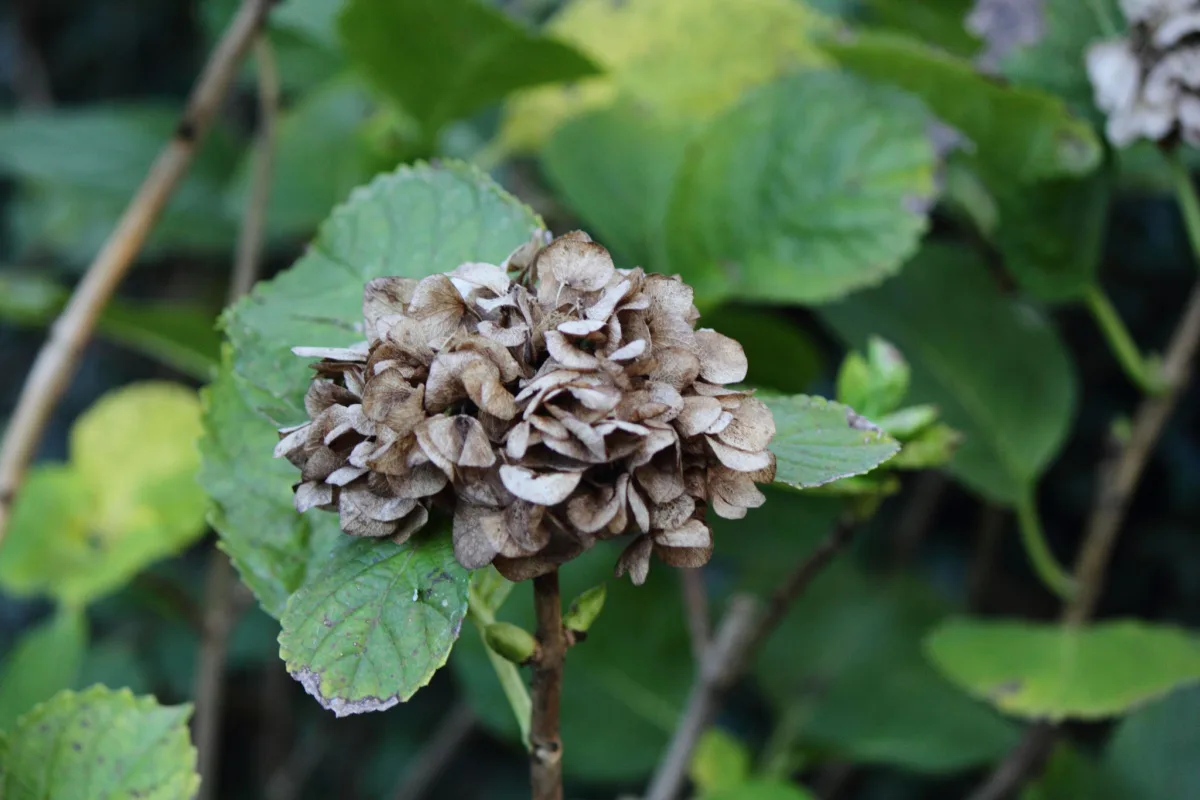
If you’ve made any of these mistakes, don’t worry – you’re not alone. In my first year of growing, I made at least four of them (possibly more). But, knowledge of where things can go wrong and what to avoid will help keep your hydrangeas thriving and, most importantly, flowering.
1. Not Knowing Your Variety
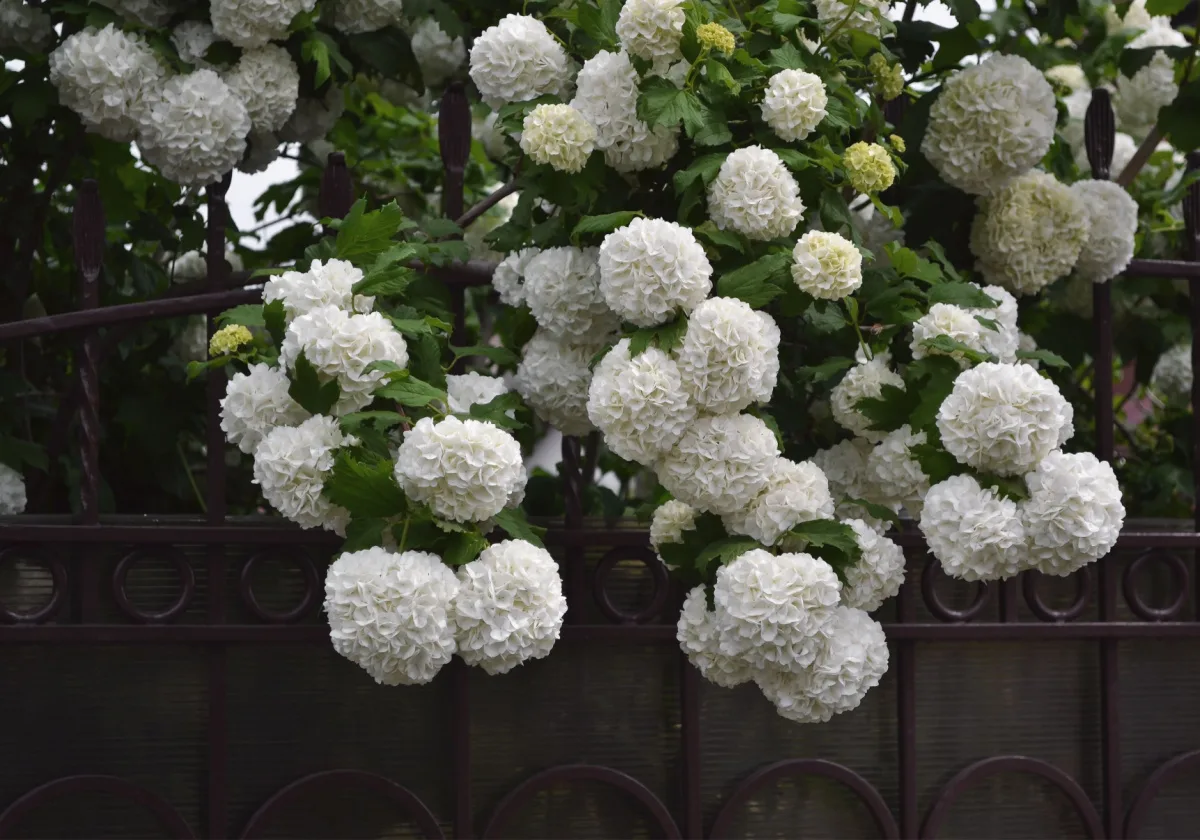
Hydrangeas are commonly known by their genus name around the world (previously Hortensia). But, that doesn’t mean all hydrangeas are equal. There are several different species to choose from, each with slightly different characteristics and growth patterns.
Before you plant, it’s important to know which type of hydrangea you are growing. This will give you a better idea of where to plant and how to care for them. Some have more specific lighting requirements to flower than others, some species have different pruning techniques, and others only grow in certain USDA Zones, so it’s vital to know what the difference is to care for them correctly.
Flower color is another important characteristic to consider. While there is tons of advice on hydrangea flower color and how to change it from pink to blue or vice versa, it’s important to know not all species follow this rule. Some cultivars remain the same color, including those out of the pink to blue range, such as white and green.
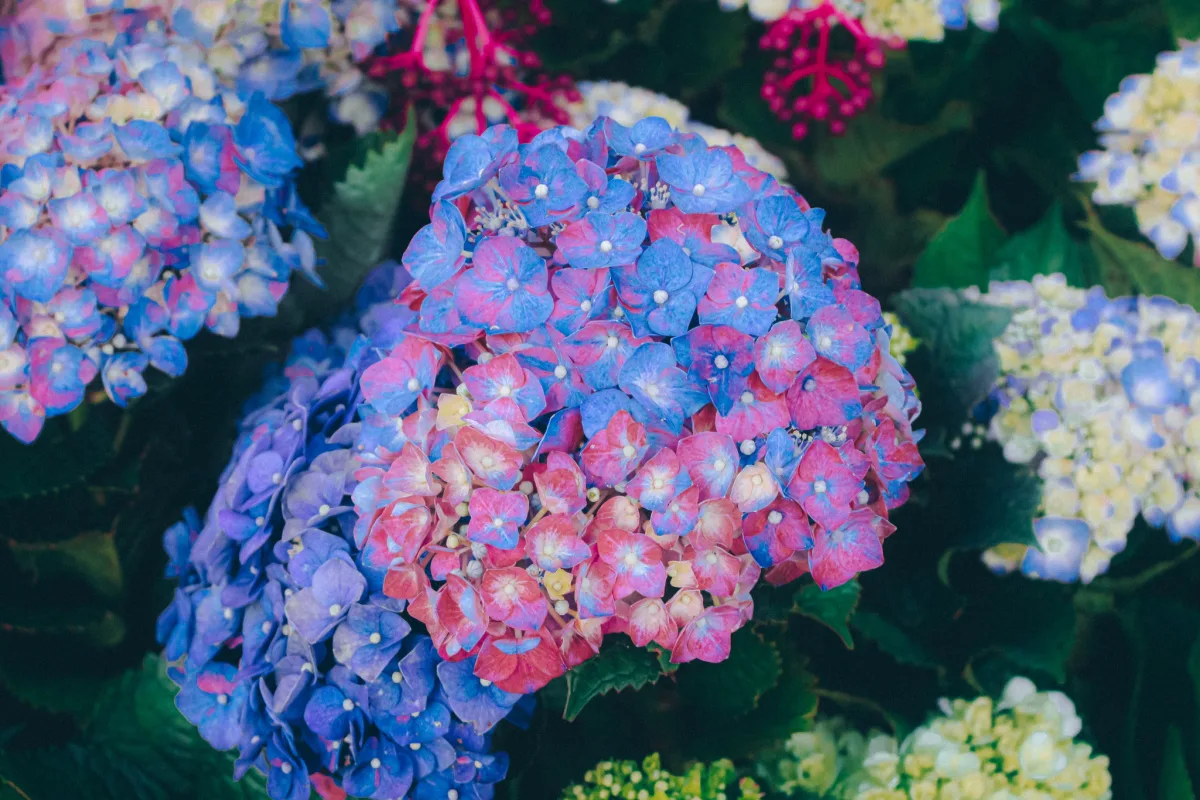
If you attempt the various tricks to change the color of these blooms, you will only end up negatively impacting soil health and potentially damaging the roots of your plants. This is another area where knowledge of your chosen species and cultivar is essential.
Some of the most popular species include:
- Hydrangea macrophylla
- Hydrangea quercifolia
- Hydrangea anomala subsp. petiolaris
- Hydrangea serrata
- Hydrangea paniculate
- Hydrangea arborescens
2. Planting In Heavy Shade
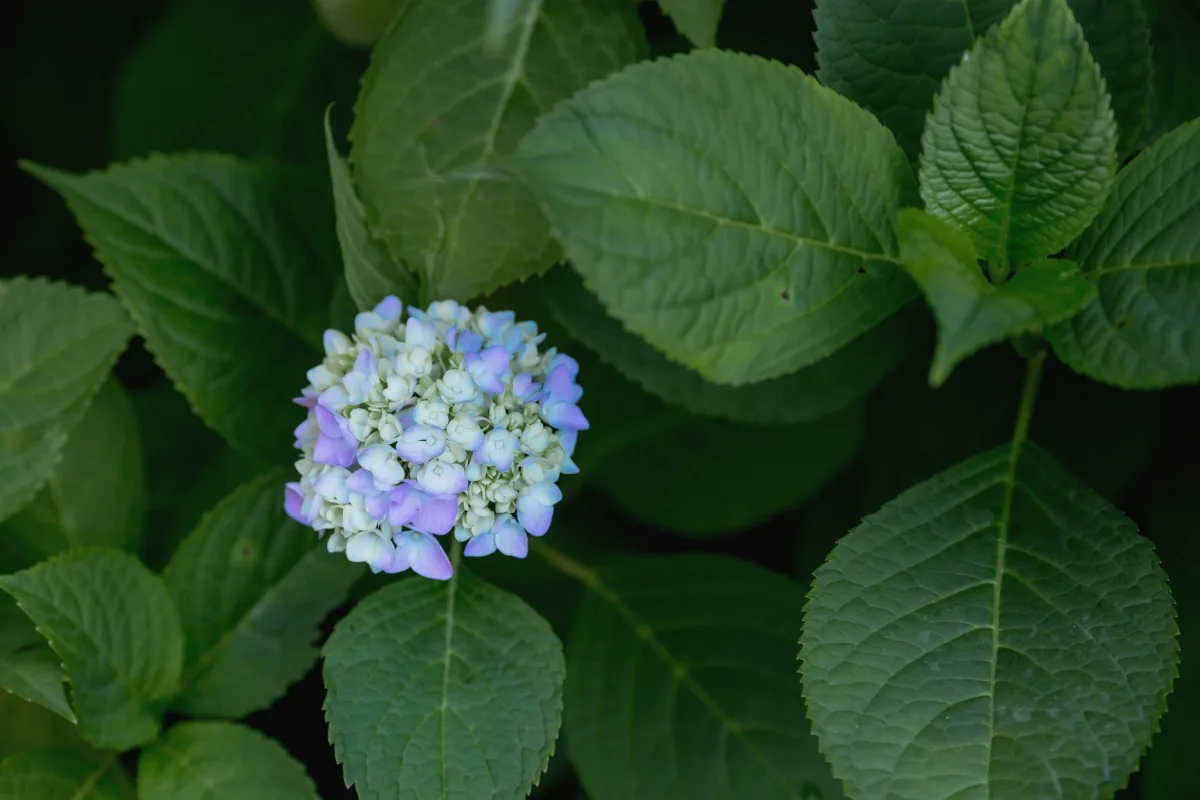
Hydrangeas are known for their ability to thrive in shady areas. In fact, they are one of the most widely grown ornamental plants in shade gardens. But that doesn’t mean they can be thrust into darkness and expected to grow successfully.
In order for your hydrangea to flower, it needs some partial sunlight throughout the day. This can mean a few hours of direct morning sun or filtered light through the shade of a nearby tree.
Many gardeners make the mistake of planting under dense trees that don’t allow any sunlight through, later wondering why their hydrangea is not flowering.
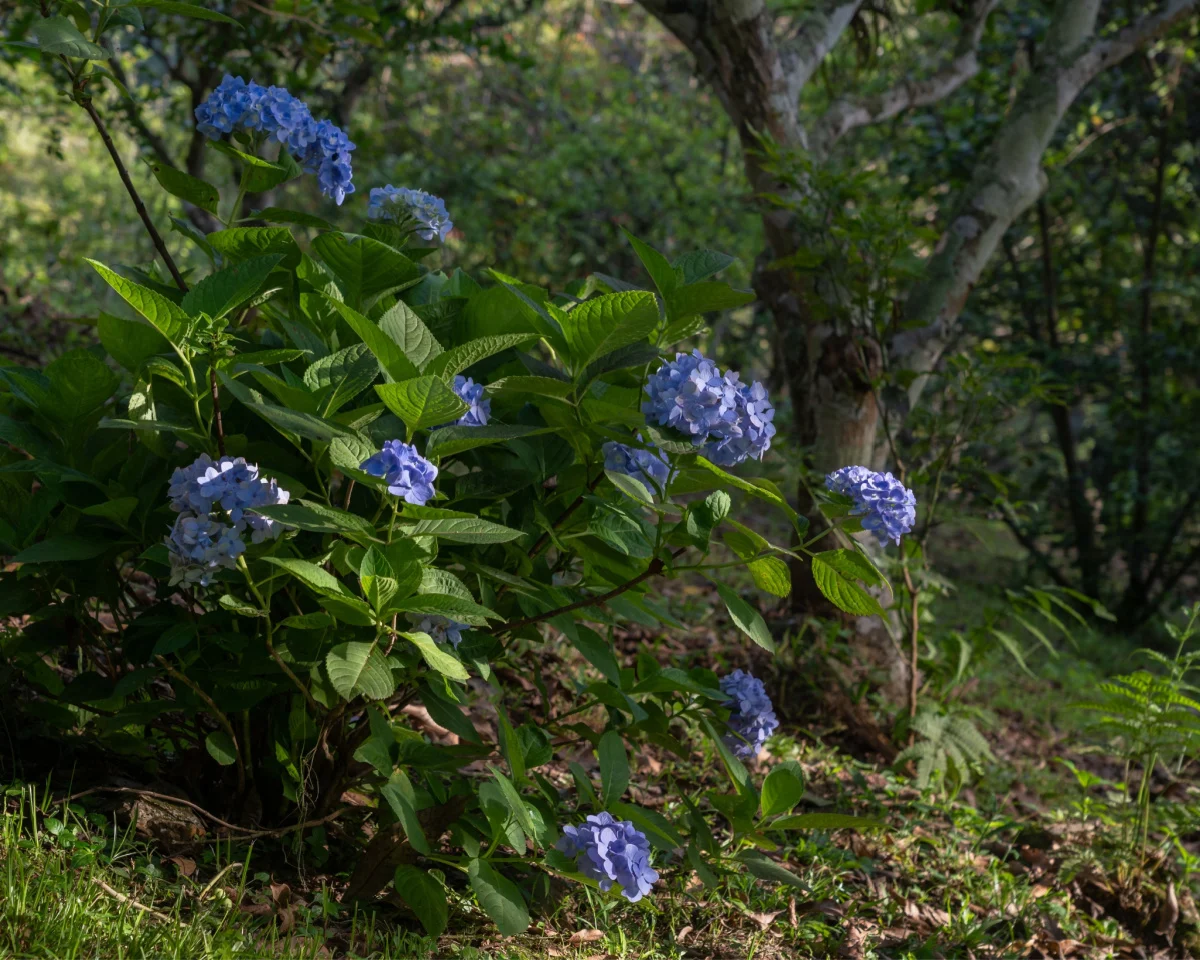
Speaking of trees, you should also avoid planting too close to the trunk of trees. Not only is shade the heaviest in these areas, but the roots will struggle to establish with so little space. Hydrangeas are not small plants and need to be given space to expand.
This also applies to the spacing between the hydrangeas themselves. They may be small at planting time, but some species can grow many feet tall and just as wide in the right conditions. Check the projected mature size of your chosen hydrangea to space them correctly.
3. Planting In Full Sun
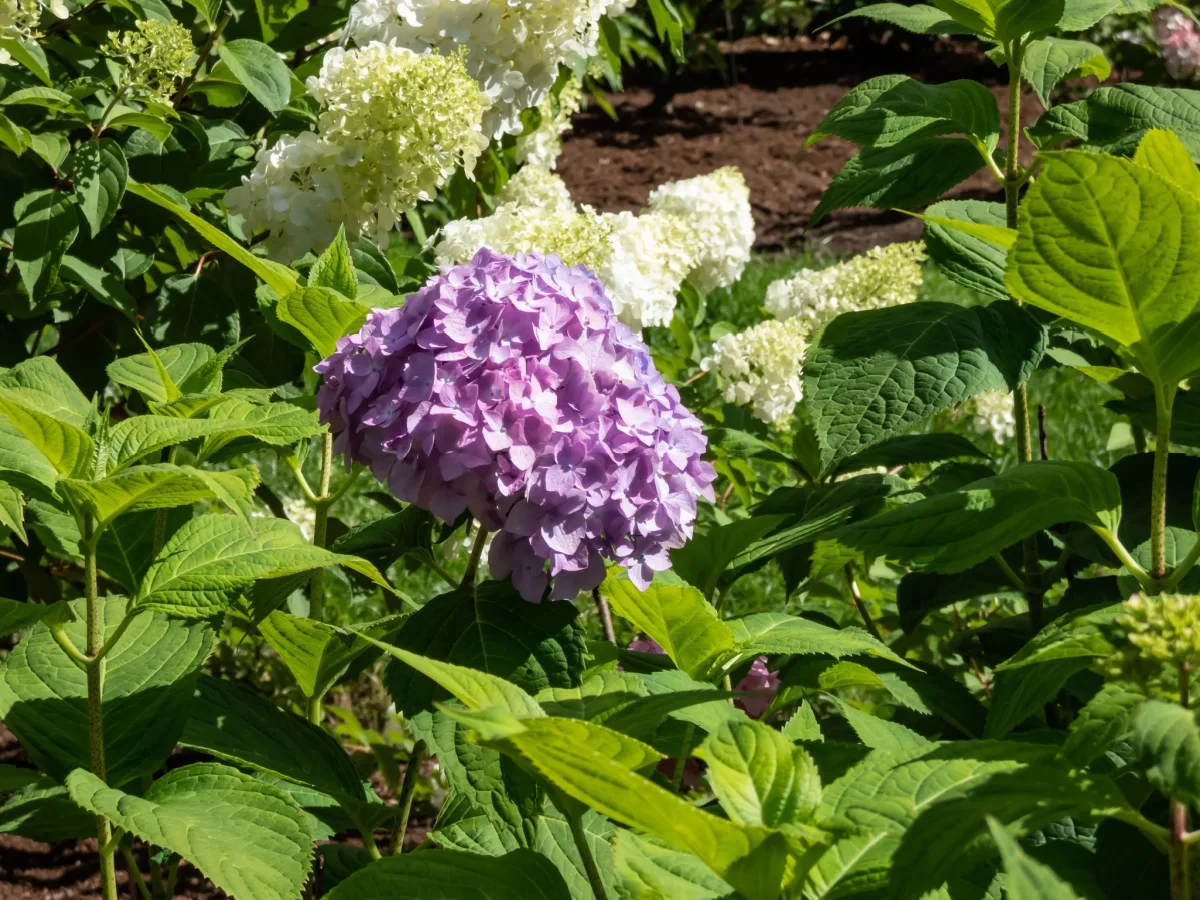
On the other hand, most hydrangeas are also not suitable for full sun positions. Any more than six hours of direct sunlight per day, especially in the afternoons when sunlight is more intense, is likely to lead to problems with growth.
Hydrangea leaves and blooms are susceptible to scorching when the light levels are too high. The previously green and glossy leaves will develop unsightly brown patches that make the entire plant look diminished. These patches also won’t turn green again if conditions improve and will need to be pruned to tidy the plant.
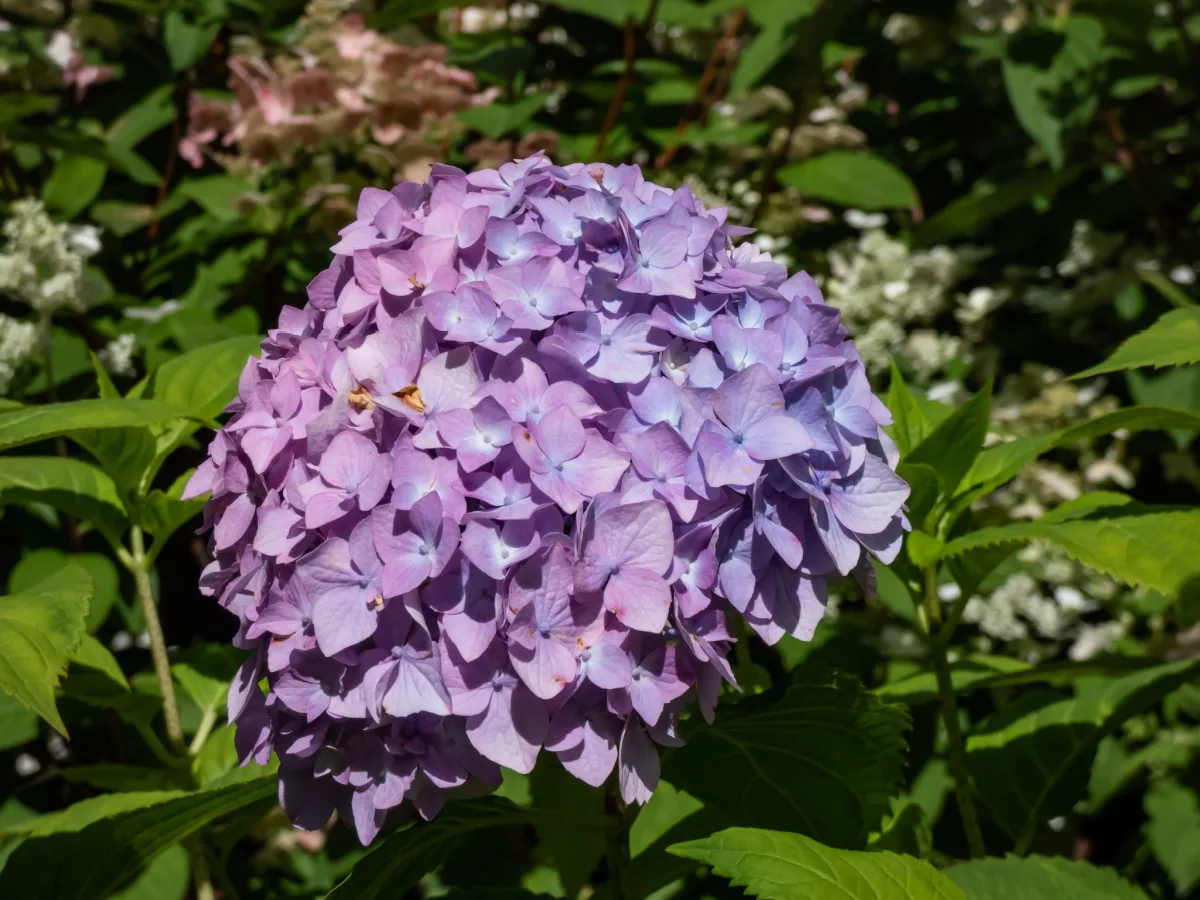
When it comes to flowers, they will not only burn, but also fade incredibly quickly. Hydrangea flowers are sensitive to heat and light and won’t last long when both are too strong. Excessive sunlight will also cause the soil to dry out far quicker, depriving the plant of moisture and limiting flowering.
Some species are better at handling sunlight than others, but it’s best to stick to a shadier protected spot to keep these plants happy.
4. Planting In The Wrong Soil
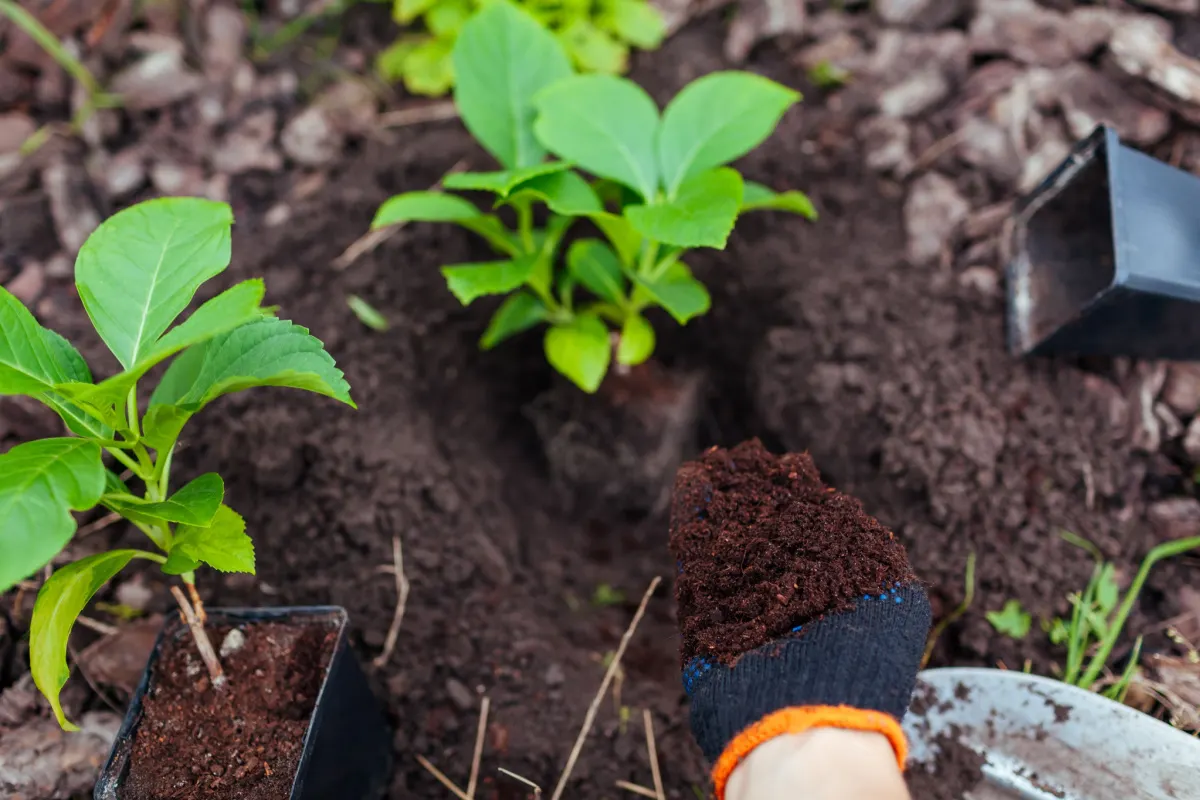
Hydrangeas are not known as incredibly fussy plants. They can grow in and adapt to a few different soil types, appreciating well-draining and nutrient-rich soil the most. But, as adaptive as they are, these plants cannot handle poor draining soil or soil severely lacking in nutrients.
Poor draining soil, such as heavy clay soil types, hold onto moisture after watering or rain. Small spaces in between soil particles stop any air from flowing around the roots. Deprived of oxygen, the roots will begin to suffocate. Various fungal diseases may spread that ultimately lead to the early demise of your plants.
Nutrients are also a big factor, although not as vital as good drainage. While some nutrient-poor soil can be amended with the use of fertilizers, these additions leech from the soil if the structure is not good enough. Healthy soil should be full of rich organic material to promote root and overall plant health.
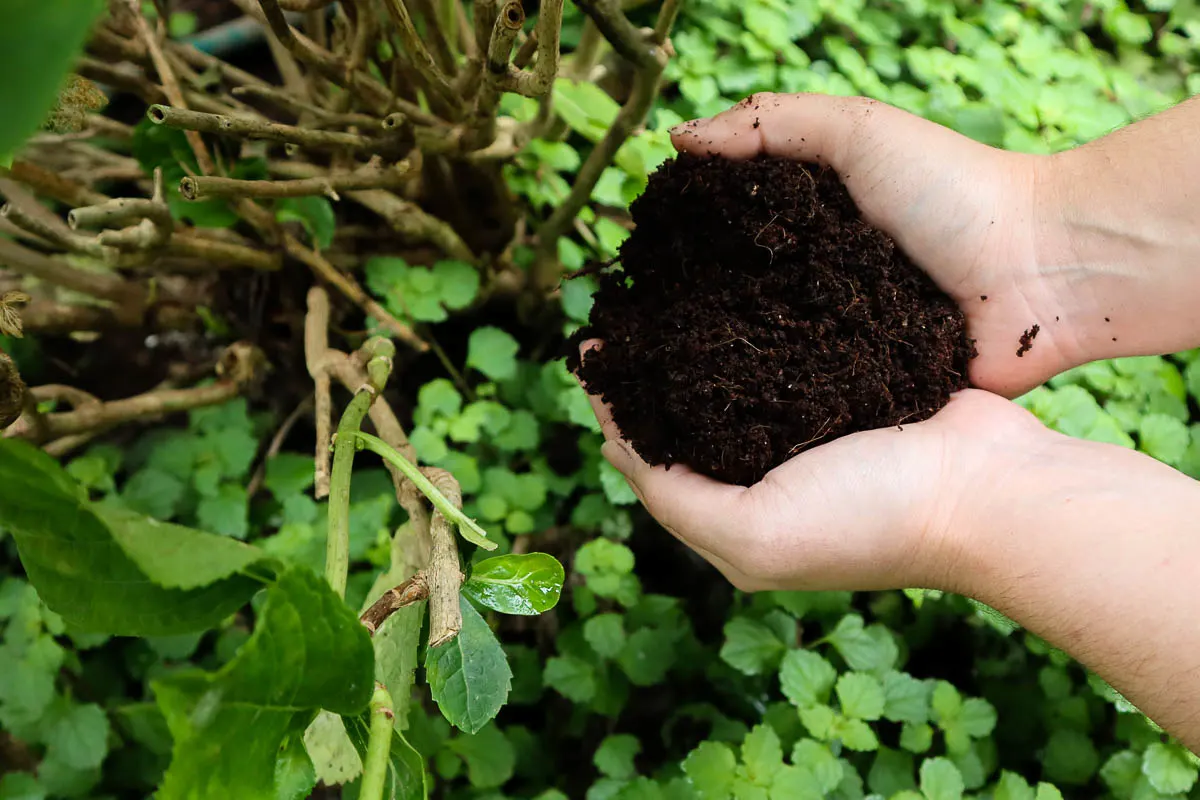
Luckily, if you don’t have the right soil type, it is easy to amend. Clay soil can be amended with river sand to improve drainage and aeration. Amend nutrient-poor soil with compost and fertilizer and use an organic mulch to slowly break down into the soil over time. Make sure you amend the soil in the whole area, not just the planting hole, to reach where the roots will expand.
5. Forgetting Weeding
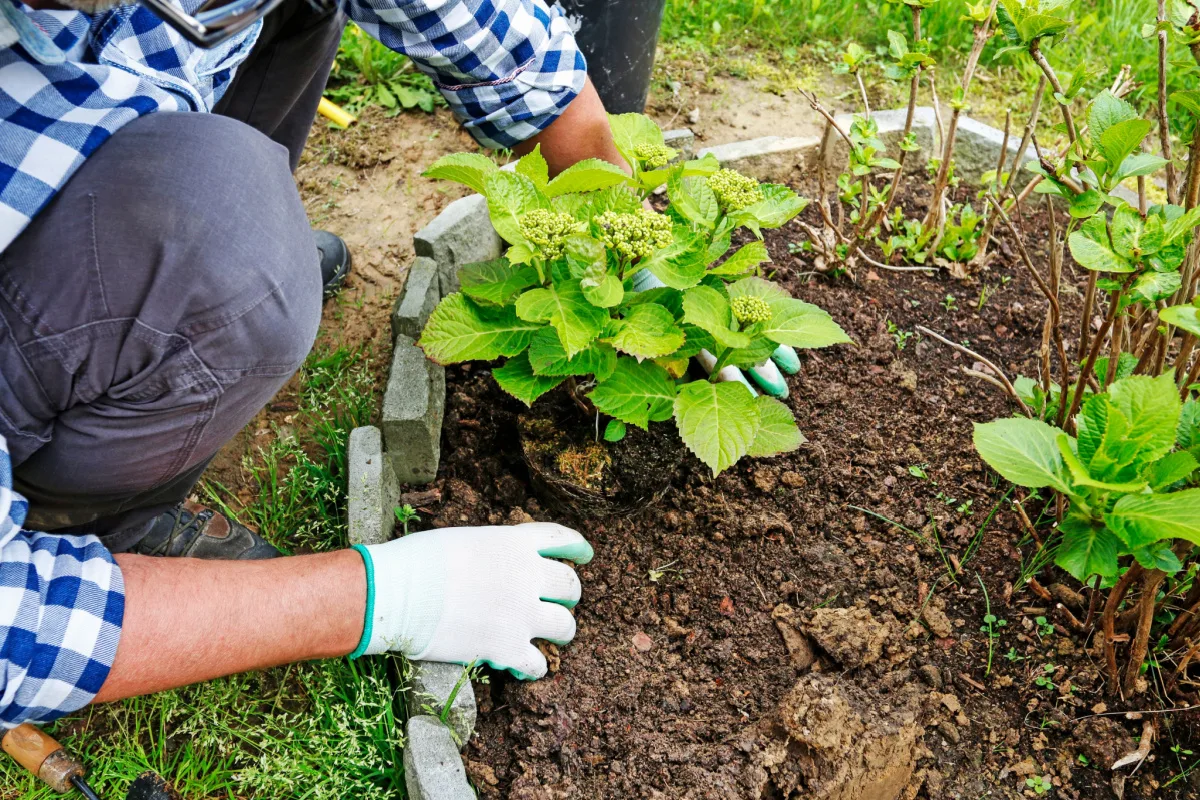
Weeding is a task that can never be forgotten or put off till the last minute. One of the major problems with weeds is that they take over quickly and spread rapidly, making their removal later on far more difficult.
Weeds around your hydrangeas will compete for water and nutrients – two things hydrangeas need quite a lot of. Regular weeding will prevent this competition, creating the space for your plants to grow unhindered. This is especially important for newly planted hydrangeas that are just establishing.
To help suppress weed growth, make sure you clear the area of any weeds before planting. Also try to manage the spread of weed seeds by clearing nearby beds. Finally, apply a layer of mulch over the soil after planting to limit the germination of any seeds that have slipped through the cracks.
6. Choosing The Wrong Companion Plants
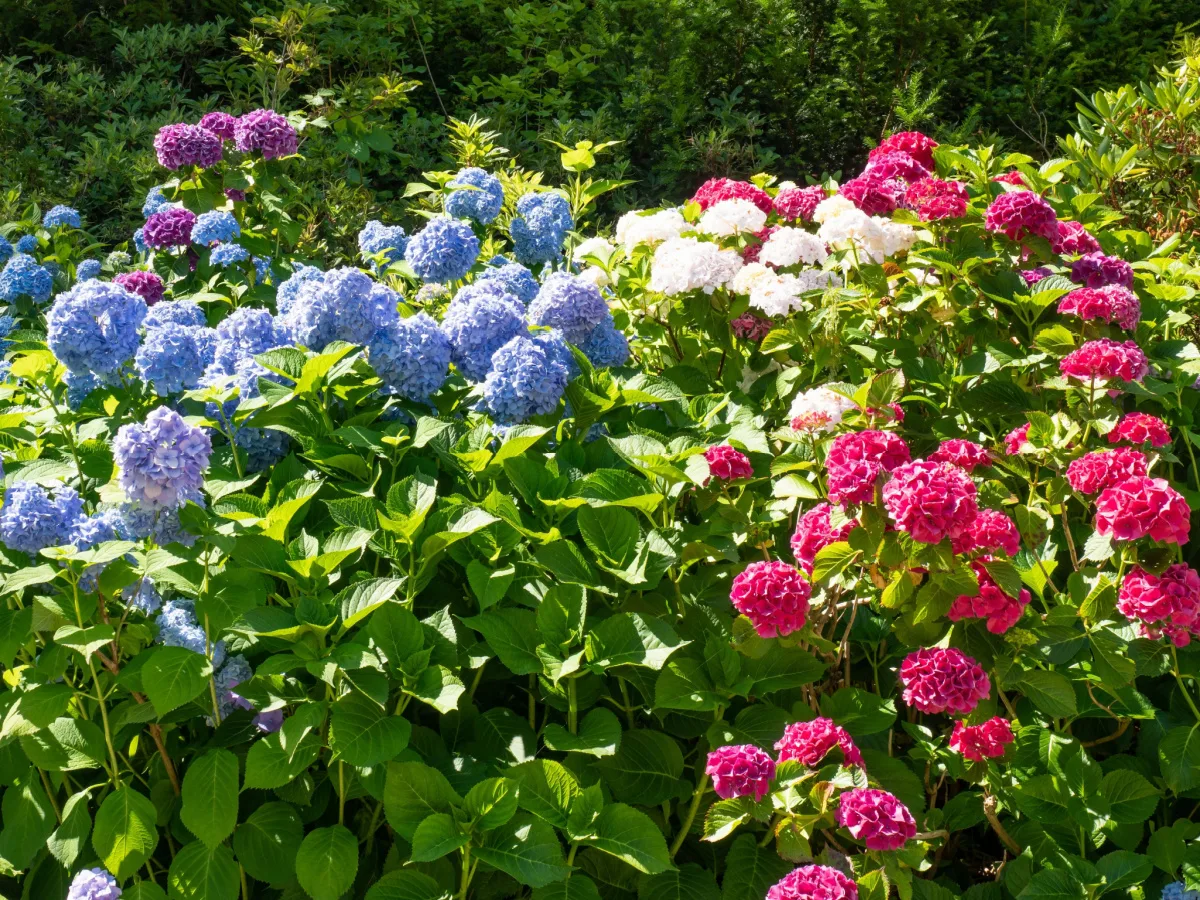
When you’re putting a perennial bed together, choosing plants that grow well together is essential.
Known as companion planting, this practice will ensure each of the plants grow happily together and not at the expense of one another. Choosing the wrong companions can quickly result in many growth problems, usually requiring the removal of either your hydrangeas or the other plants.
Since hydrangeas need partial shade, any ornamentals that require full sun are not suitable companions. They also aren’t suited to plants that require deep shade as they won’t get enough light to produce flowers.
Incompatible soil conditions can also lead to growth problems. Make sure you consider soil pH and moisture retention to decide which plants best suit your hydrangeas. Plants like lavender that prefer dry and nutrient-poor soil will not match well with hydrangeas no matter how hard you try.
If you’re struggling to choose, take a look at this list of potential hydrangea companion plants to choose the right one for you.
7. Watering Incorrectly
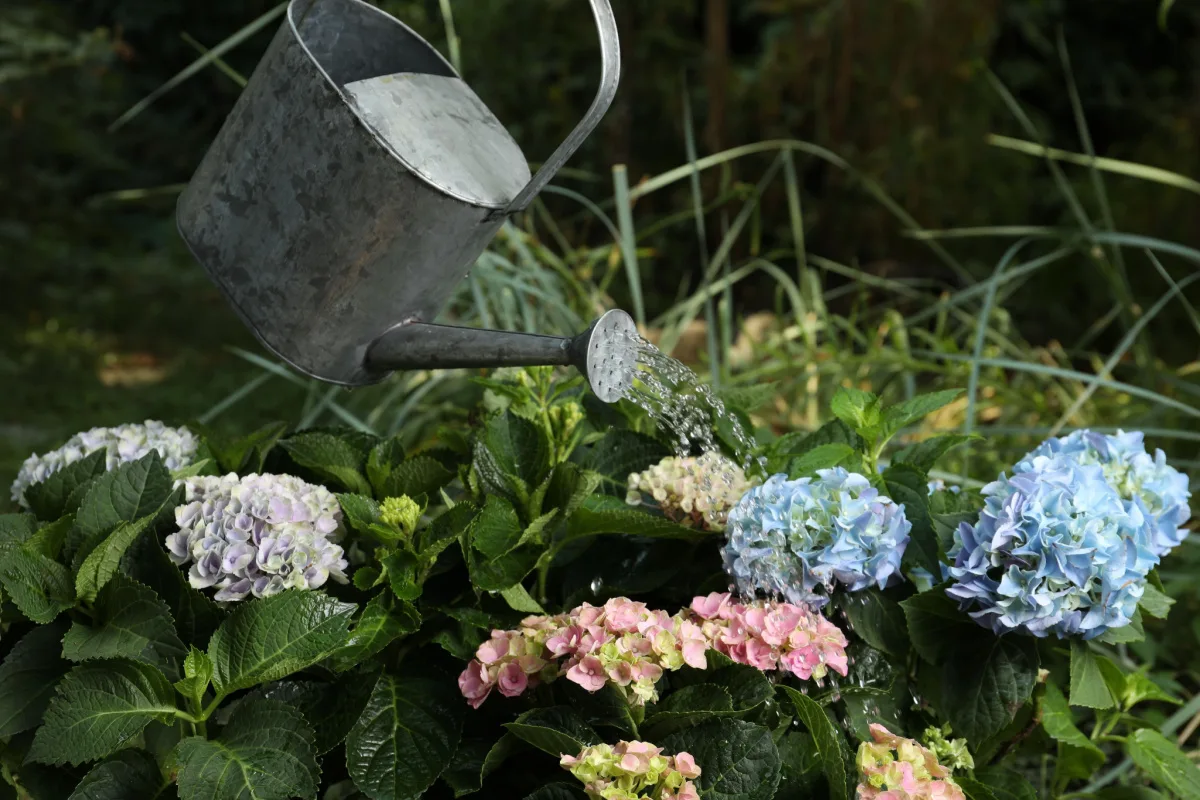
Hydrangeas love moisture, but also can’t sit in waterlogged soil. The right balance will keep the roots cool and hydrated, giving you the best possible blooms and glossy foliage above the soil.
Avoid watering too often, especially when drainage is not good, as this can quickly lead to root rot. If conditions don’t improve, the entire root system will become mushy and the plant will die. Wait until the soil has dried out slightly before you consider watering again, taking recent rainfall in your area into account.
At the same time, don’t wait too long to water. Lack of moisture and inconsistent watering will lead to stress, limiting new growth and preventing flowering. Water is an essential component in photosynthesis and without it, your hydrangeas cannot grow.
Watering technique also makes a difference in growth. Avoid watering overhead where possible, focusing the stream of water on the soil only. This keeps the leaves dry and prevents the proliferation and spread of damaging fungal diseases.
8. Overfertilizing
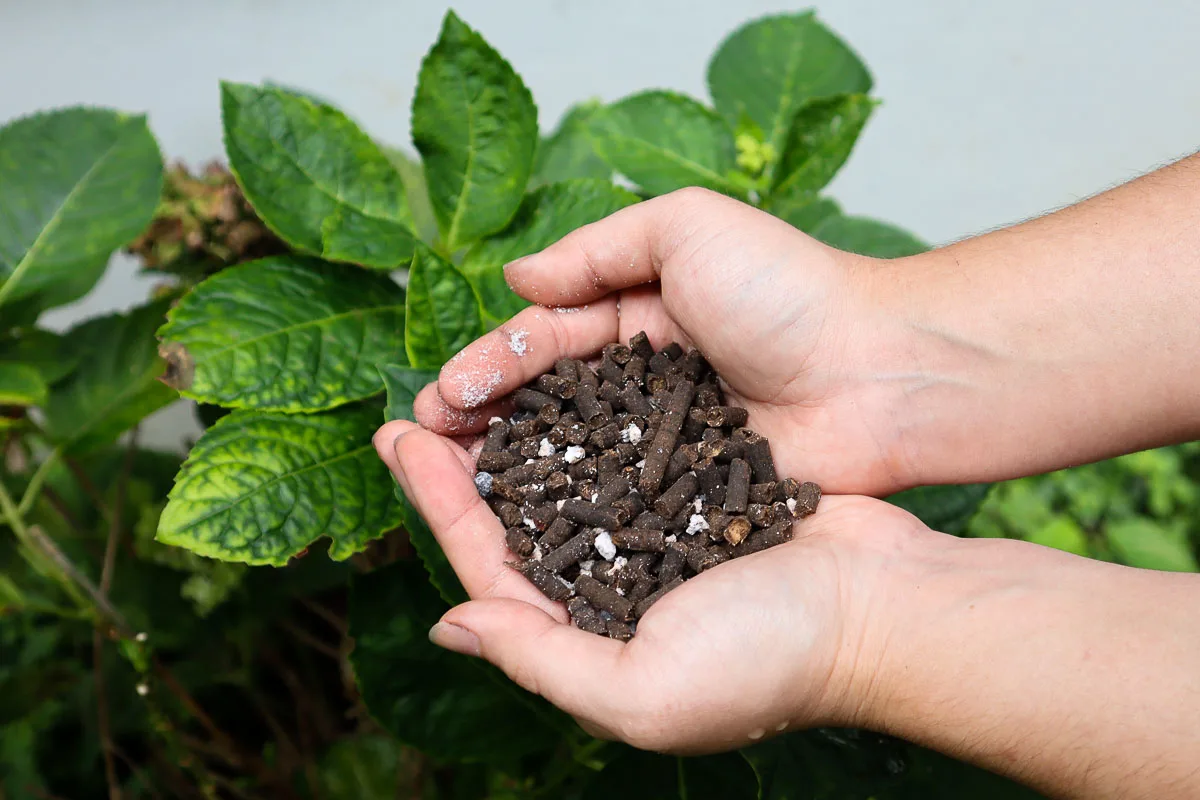
Fertilizing hydrangeas is recommended if you want the biggest and best blooms possible. However, too much fertilizer is never a good thing and can lead to more problems than it attempts to solve. An imbalance in nutrients in the soil can ‘burn’ the roots, stunt growth, and prevent flowering.
Hydrangeas don’t need to be fertilized often – typically once per season before flowering if your soil quality is good. The type of fertilizer you use will also differ depending on the species of hydrangea you are growing.
To avoid any mistakes in choice or application, follow our guide to fertilizing hydrangeas here.
9. Pruning At The Wrong Time
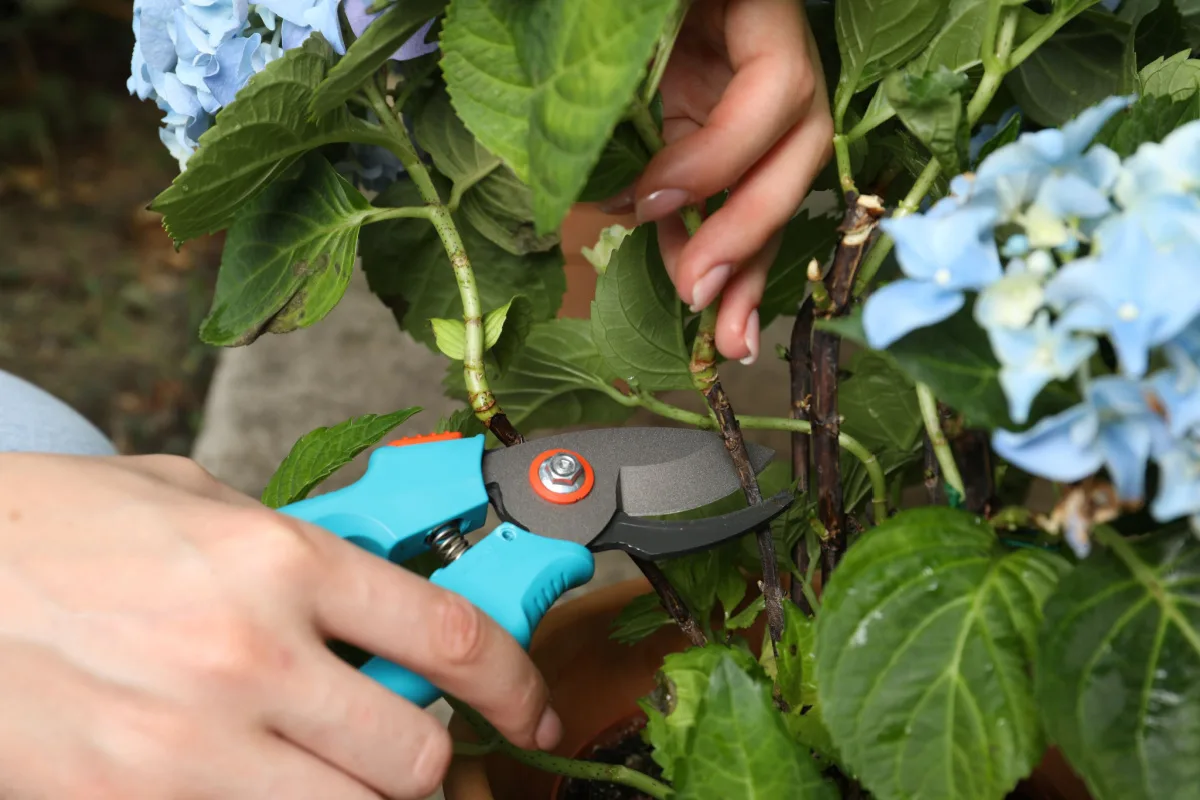
The final mistake is one many hydrangea growers make – especially those new to these plants. Hydrangea pruning is a technical task that needs to be done carefully season after season. If you prune incorrectly, you may end up getting no flowers at all the following year.
For hydrangeas that bloom on old wood, buds will develop at the end of the flowering season. These buds remain on the plant and turn into flowers next year. If you cut these off while pruning, there will be none to produce flowers the following summer.
Start by determining which type of hydrangea you have and how it flowers. Then you can prune confidently knowing you are not negatively impacting future growth. If you need some extra tips, follow our pruning guide here.
Hydrangeas are wonderful additions to any ornamental garden if you know how to care for them correctly. Avoid these common mistakes and you should have no trouble harvesting blooms season after season.
